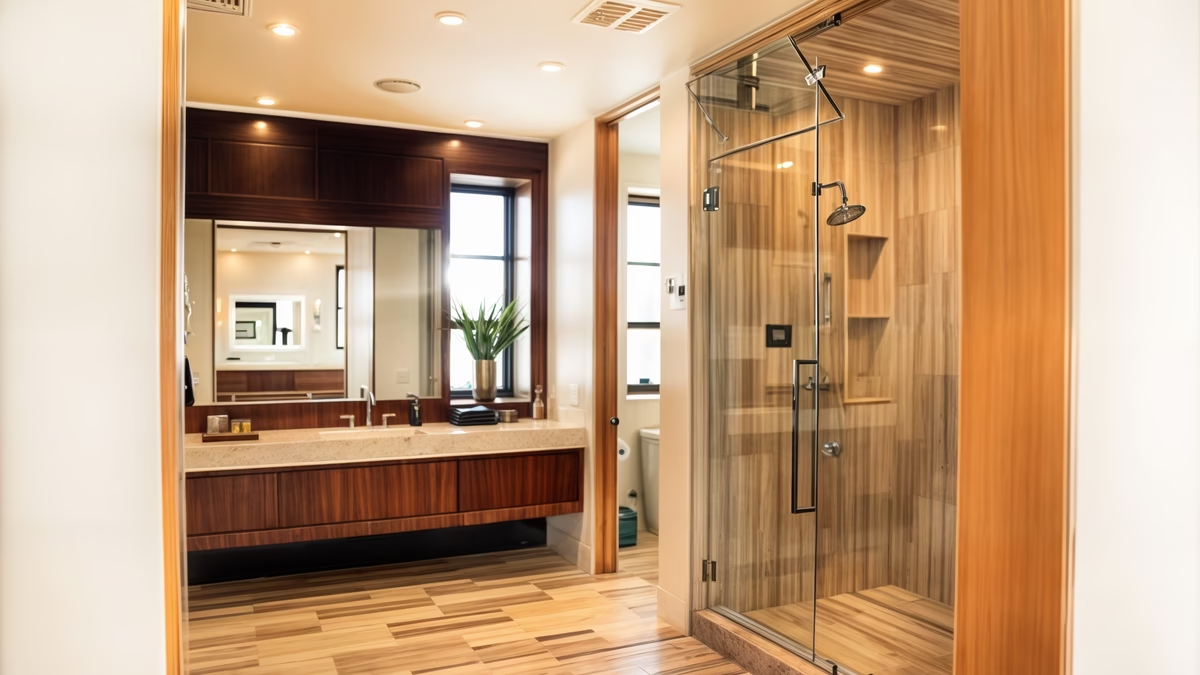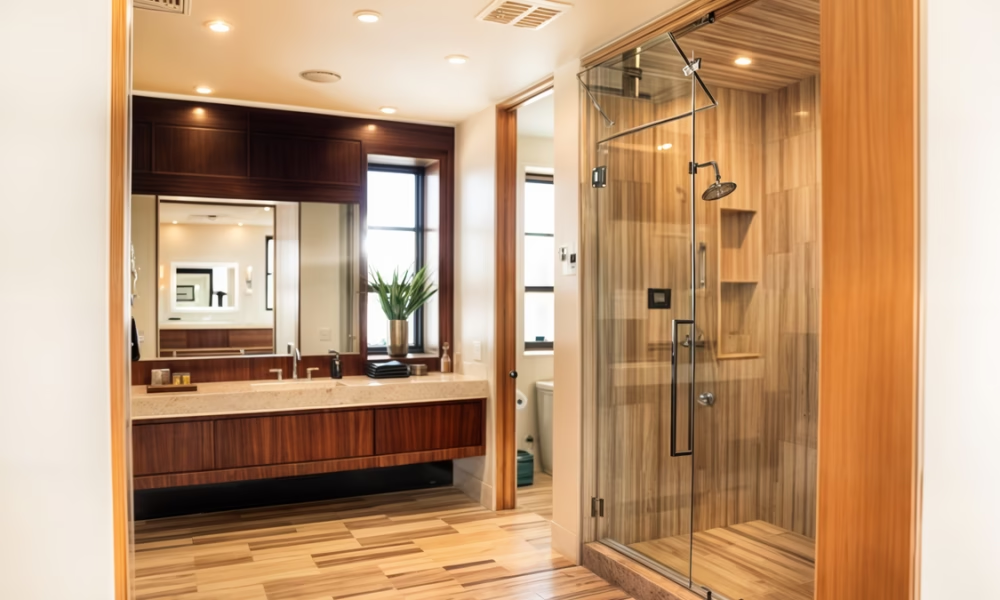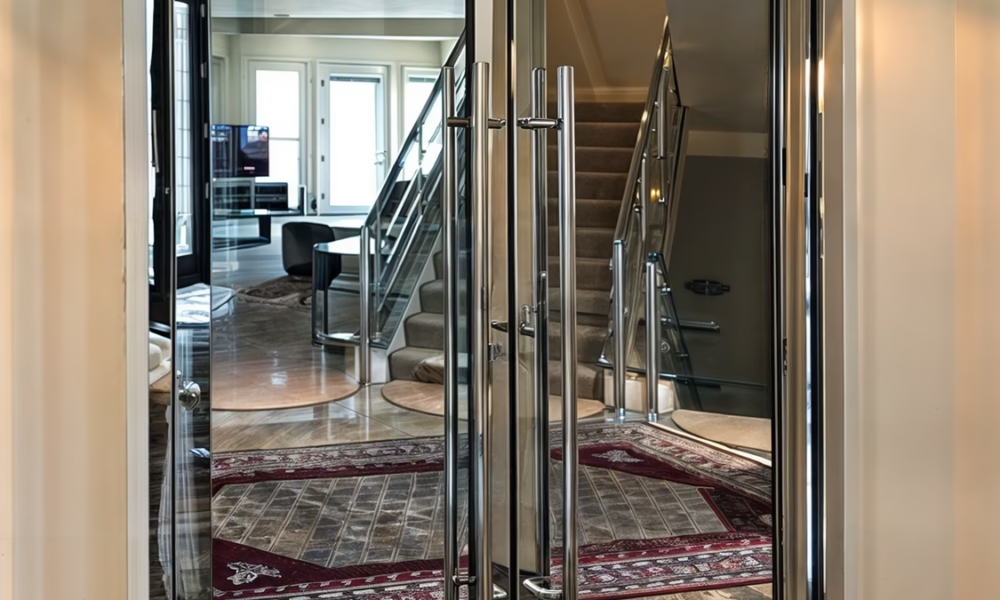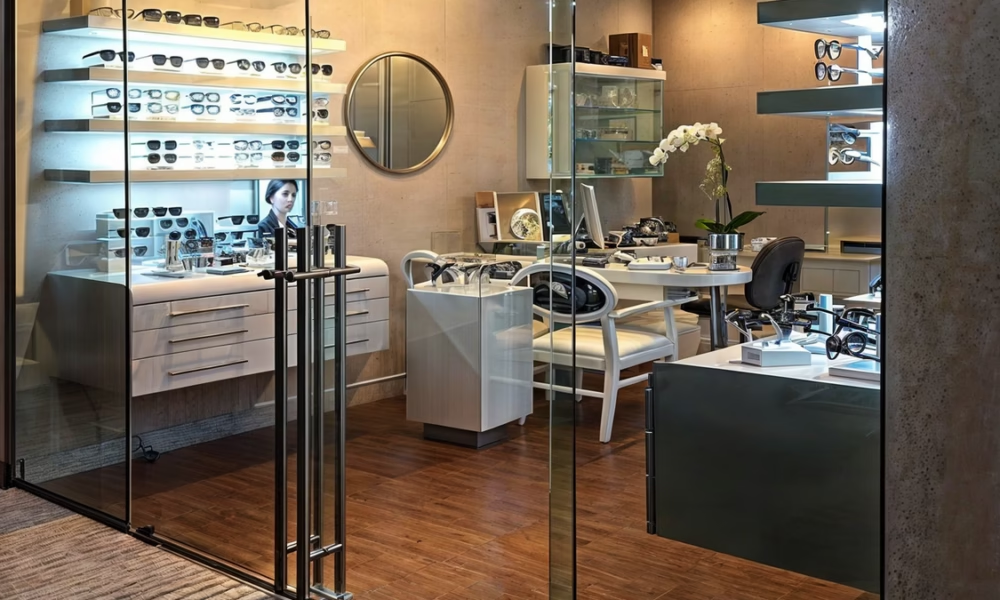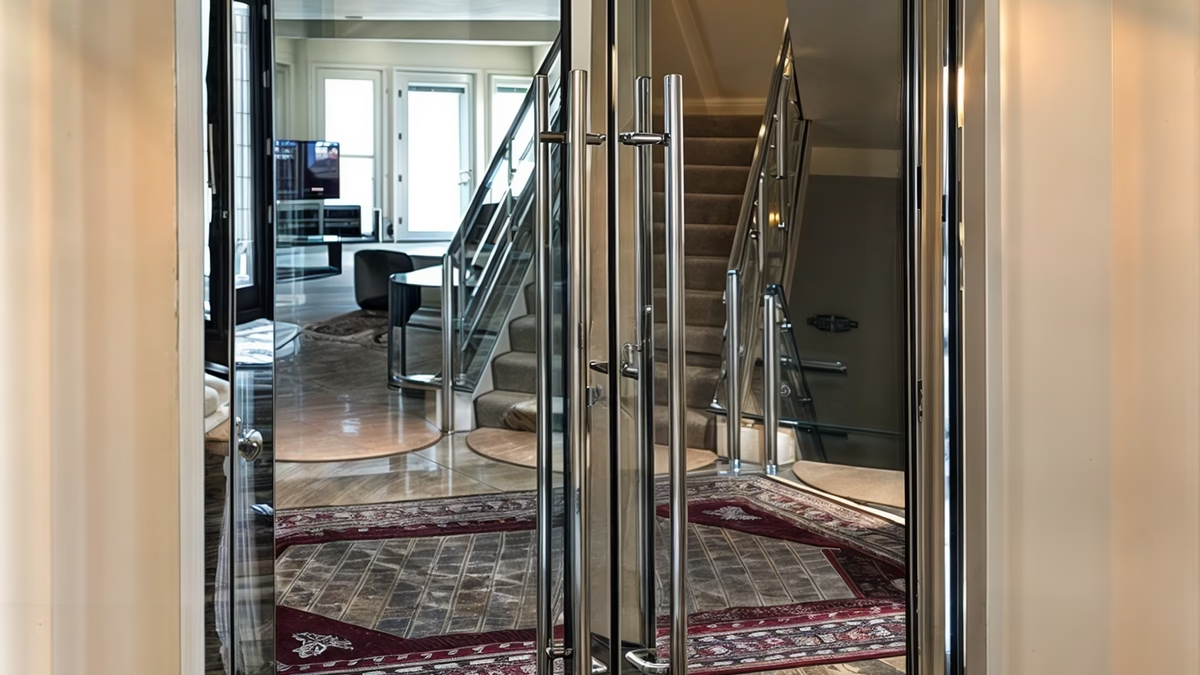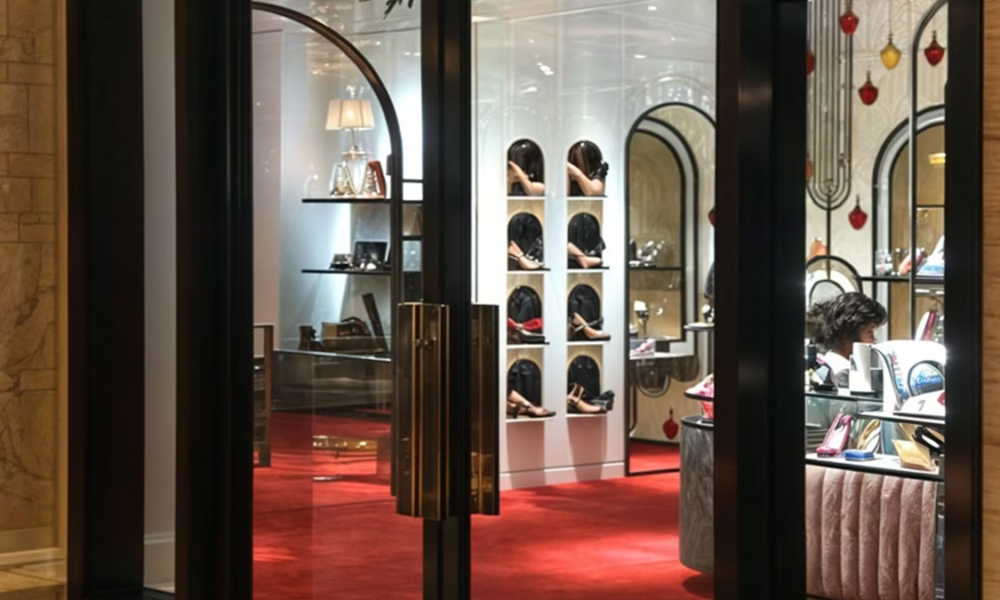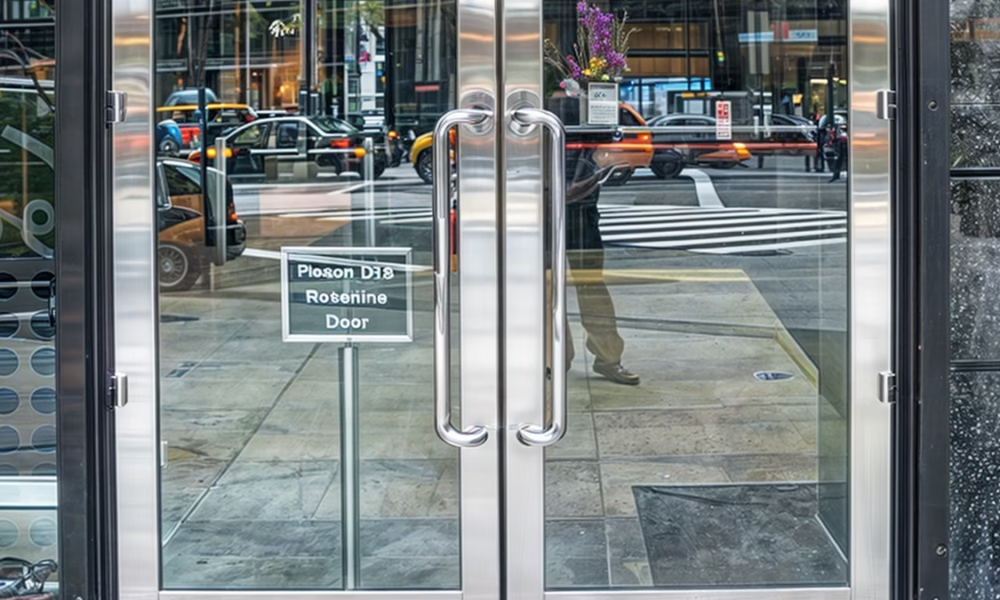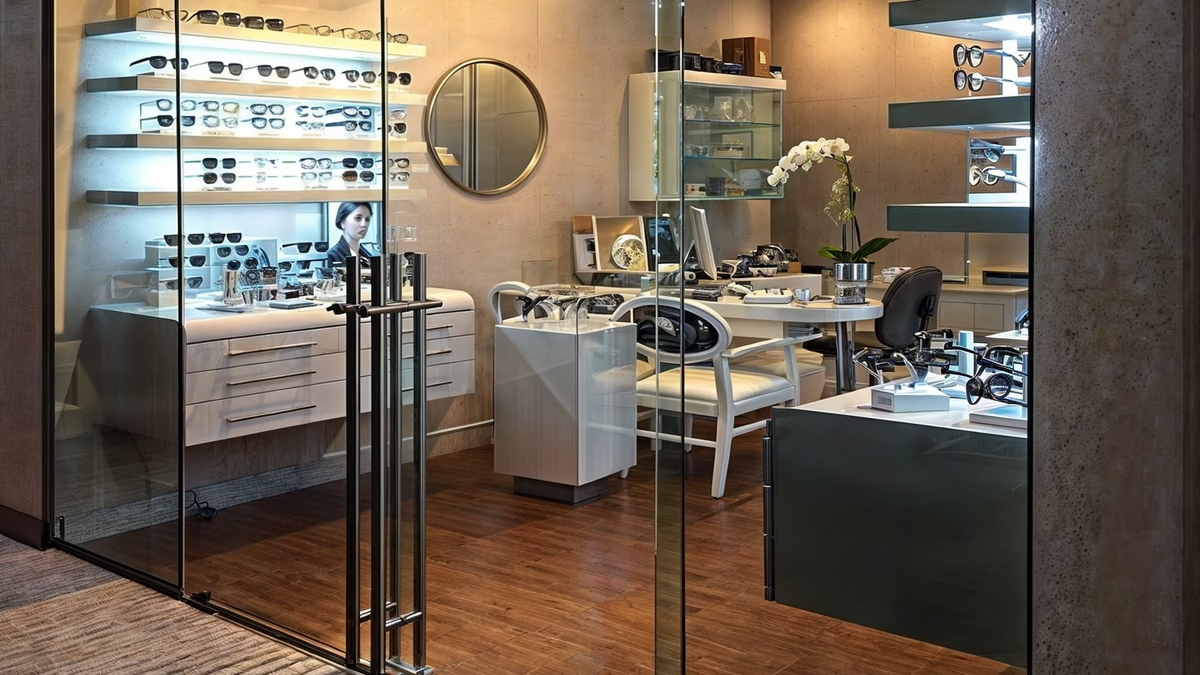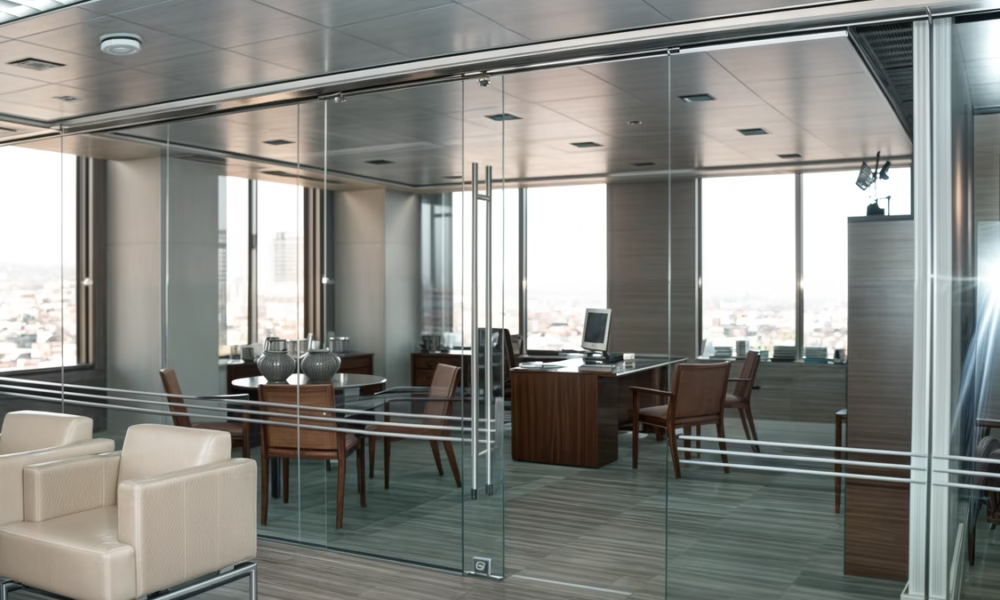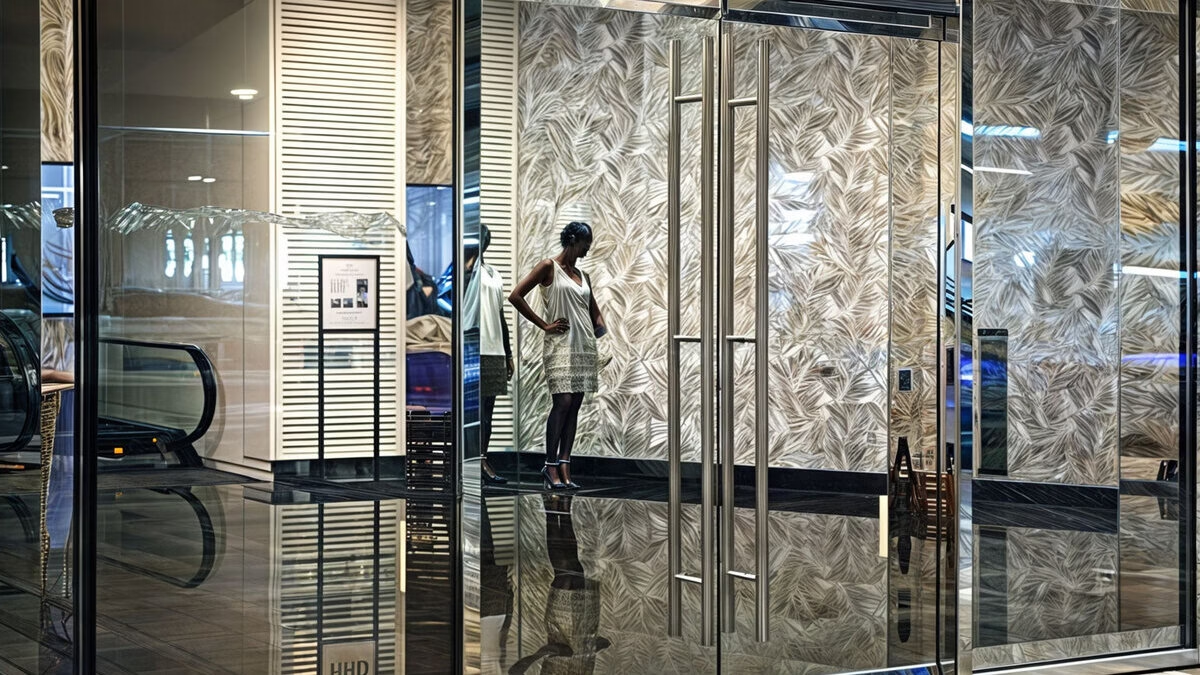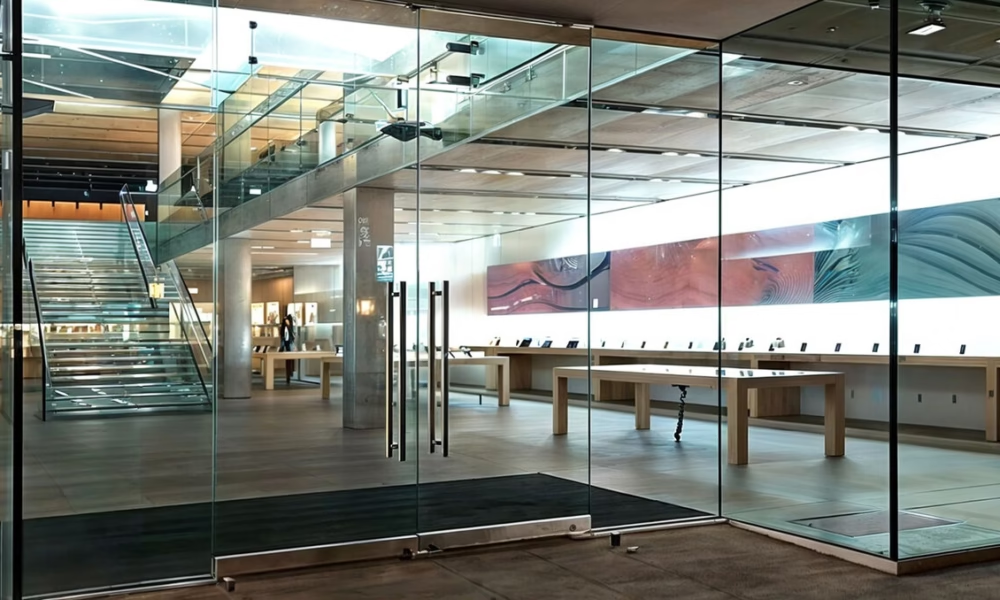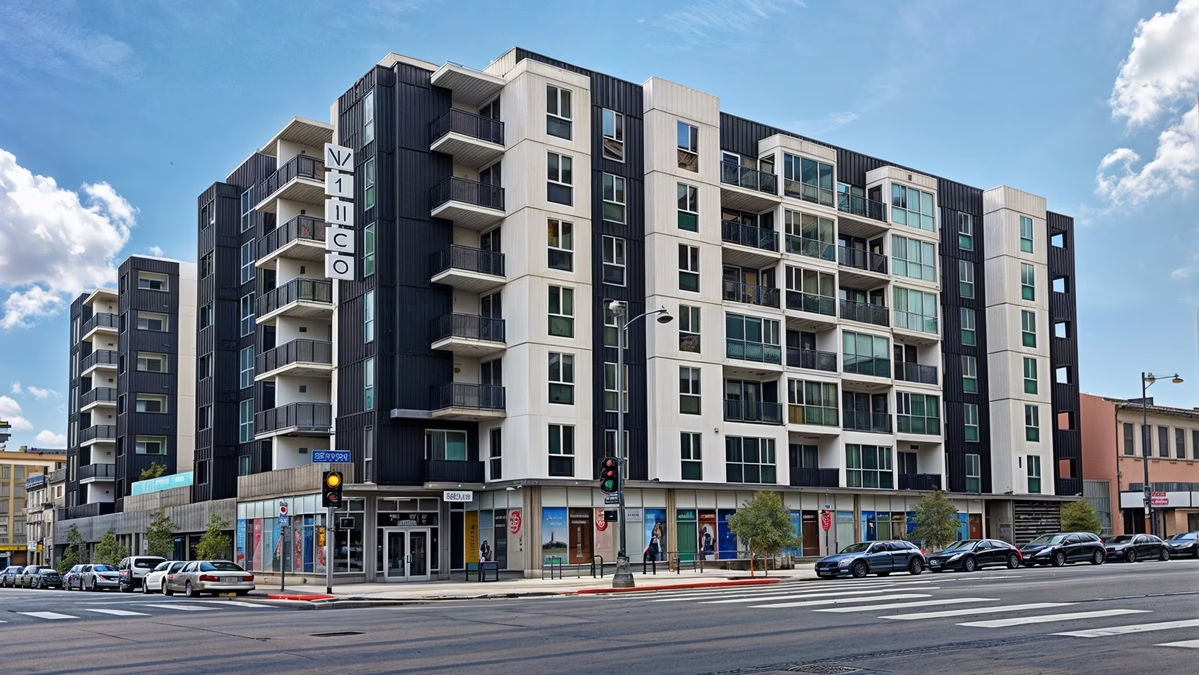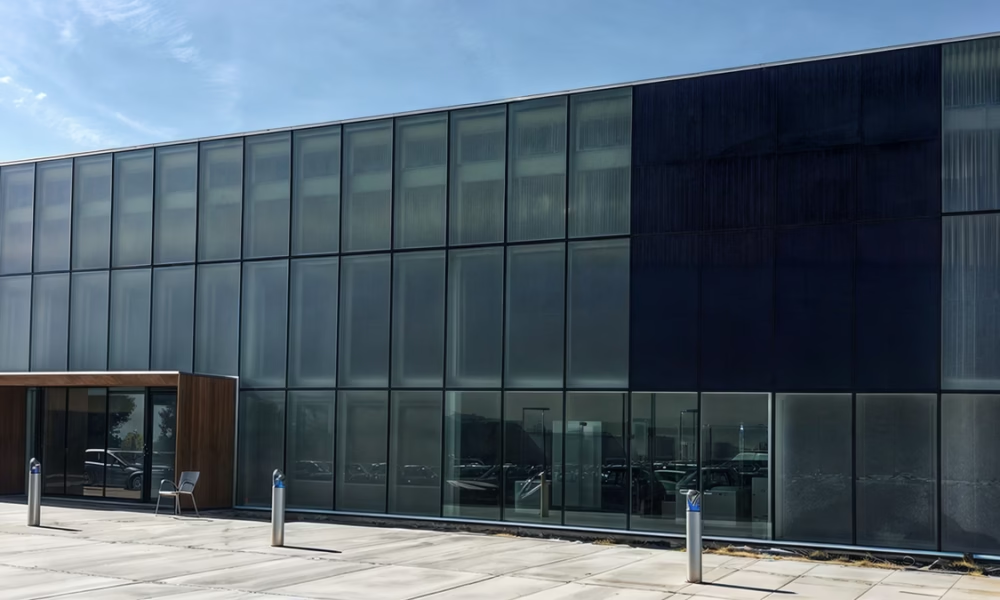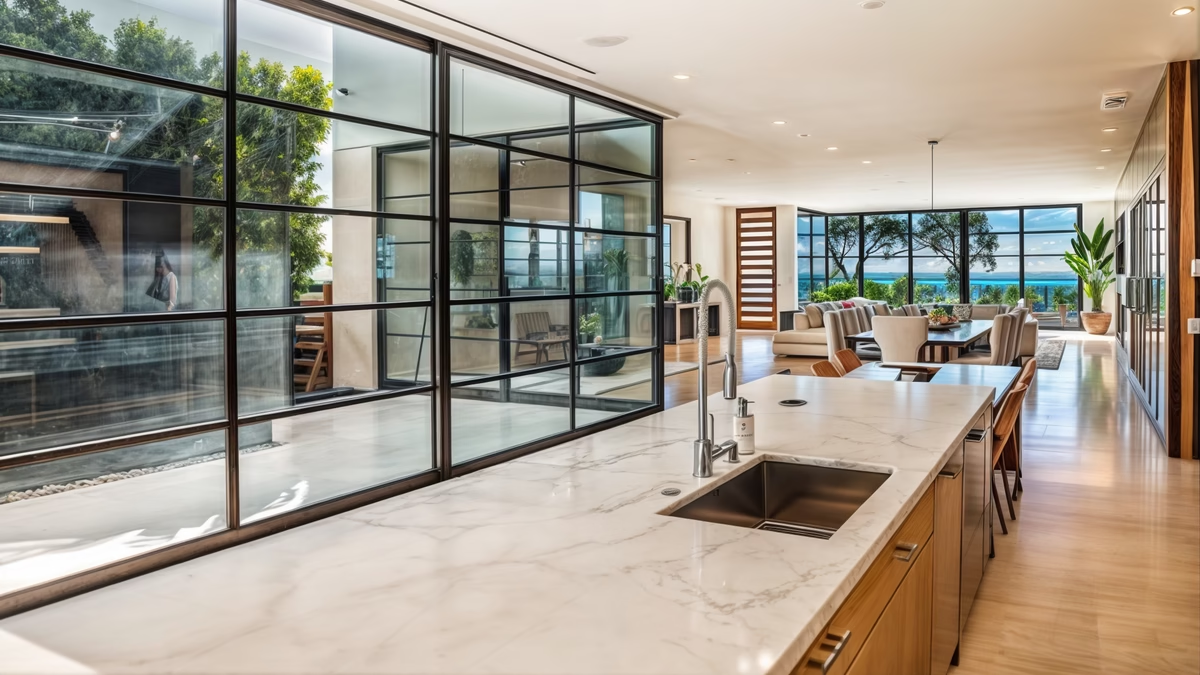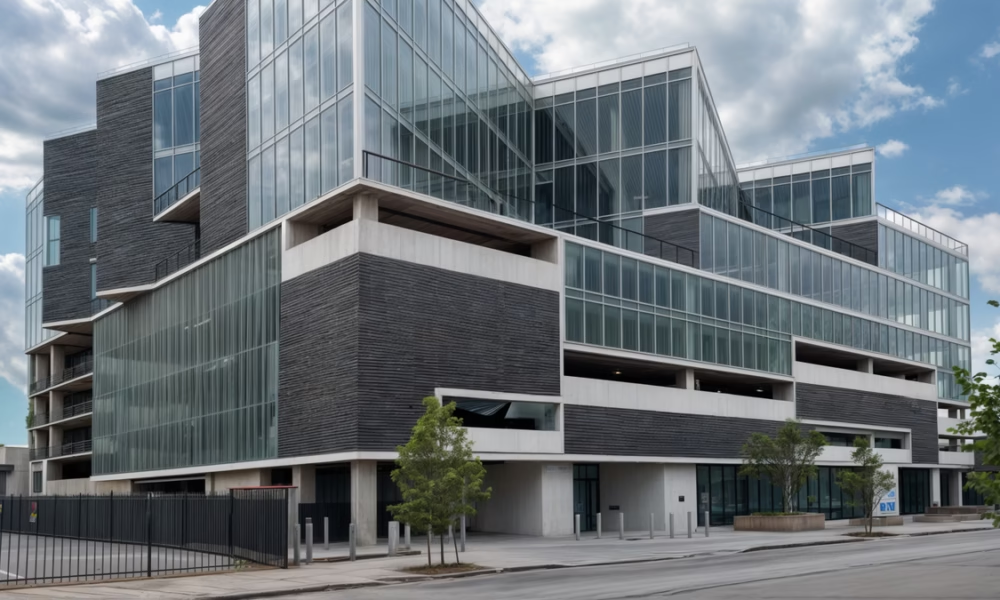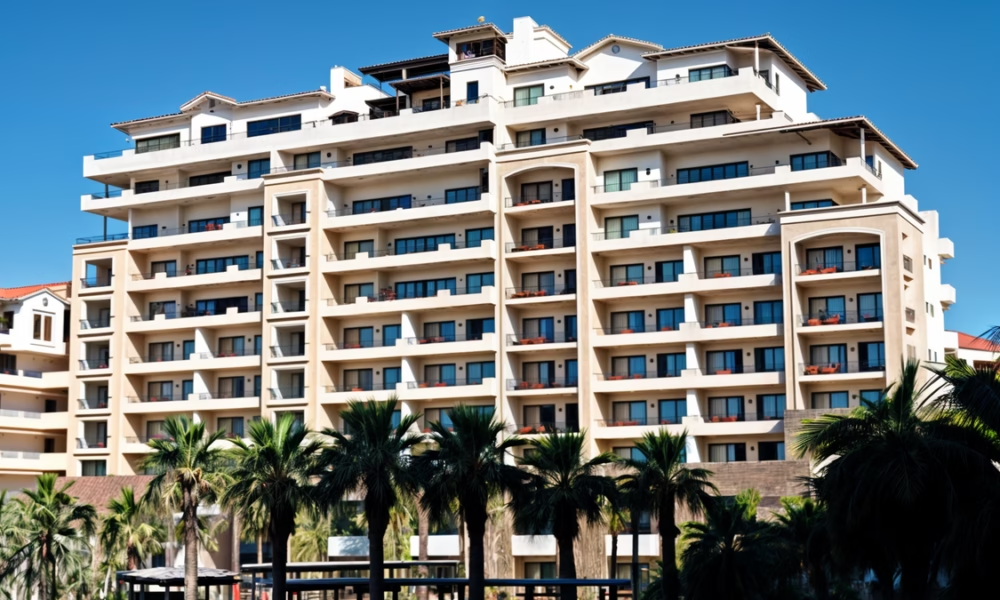-
Dec, Wed, 2025
How Much Does It Cost to Remodel a Bathroom? Average Prices, Factors & Smart Upgrade Ideas
Remodeling a bathroom is one of the most common home improvement projects. but it’s also one of the most confusing when it comes to budgeting. It’s one of the most frequently used spaces in a home, and when selling or renting a property, it’s often one of the first areas buyers and tenants pay attention to.
The question “how much does it cost to remodel a bathroom?” doesn’t have a single, universal answer. The final price depends on several factors, including the size of the space, the scope of the remodel, the materials selected, and the amount of labor involved.
In the United States, a bathroom remodel can range from a simple refresh costing a few thousand dollars to a high-end renovation that easily exceeds $30,000 USD. Understanding these cost ranges from the start helps homeowners make smarter decisions and avoid unnecessary overruns.
In this guide, you’ll find:
- Average bathroom remodeling costs
- Price differences based on bathroom type and project scope
- Key factors that directly impact the overall budget
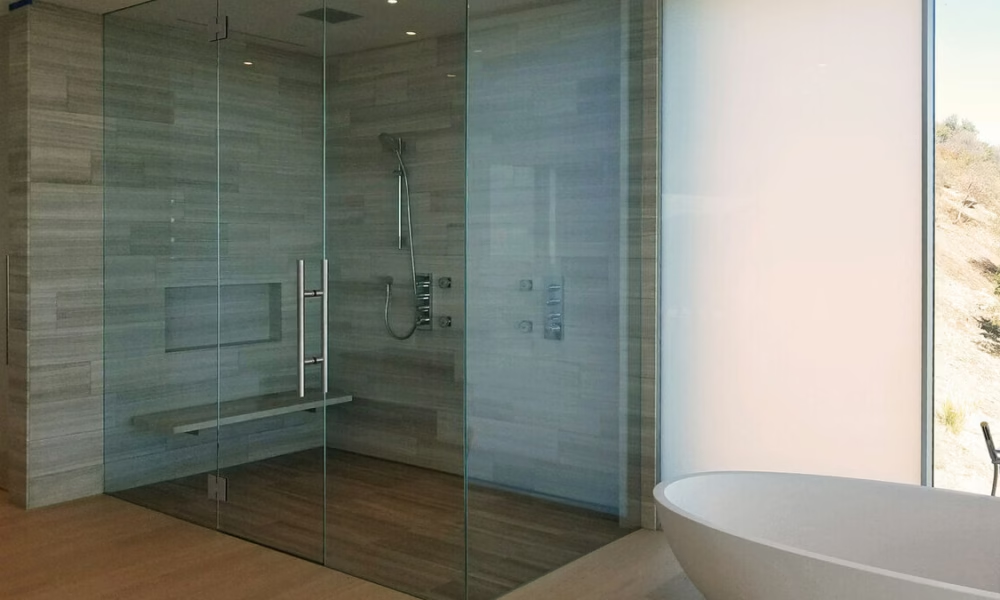
What Is the Average Cost to Remodel a Bathroom?
In general terms, the cost to remodel a bathroom in the United States can vary widely depending on the scope of work, materials selected, and overall project complexity. Below are the most common price ranges homeowners and contractors typically work with.
General Cost Ranges
- Minor refresh / basic update: $3,000 – $7,000 USD
Includes cosmetic updates such as painting, new accessories, mirrors, basic lighting, or partial furniture replacement without modifying plumbing or electrical systems.
- Standard bathroom remodel: $7,000 – $20,000 USD
May include replacing the vanity, flooring, tile, shower or bathtub, new fixtures, and visible upgrades without major structural changes.
- Luxury or high-end bathroom remodel (also considered a full renovation): $20,000 – $30,000+ USD
Involves premium materials, glass solutions, spa-style showers, custom-built furniture, and, in many cases, layout modifications.
Cost Per Square Foot
Another common way to estimate a bathroom remodeling budget is by square footage. On average, costs typically fall within these ranges:
- $70 – $120 USD per square foot: basic remodel
- $120 – $200 USD per square foot: mid-range remodel
- $200 – $250+ USD per square foot: high-end or luxury remodel
This method is useful for quick budgeting, although final pricing will always depend on finish quality and technical complexity.
Budget Breakdown: Labor vs. Materials
One key aspect many homeowners tend to underestimate is how the total budget is distributed:
- Labor: 40% – 65% of the total cost: Includes plumbing, electrical work, installation, demolition, finishing work, and in some cases architectural consulting or sales commissions.
- Materials and products: 35% – 60%: Flooring, tile, cabinetry, plumbing fixtures, glass, hardware, and lighting.
Bathroom Remodel Cost by Bathroom Type
The type of bathroom being remodeled has a direct impact on the overall budget, not only because of the size of the space, but also due to how it’s used, the expected finish level, and the design decisions typically made for each type of bathroom.
Half Bath / Powder Room Remodel Cost
A half bath or powder room usually includes only a toilet and a sink, making it the most affordable bathroom to remodel.
What a half bath remodel typically includes
- Replacing the sink or a small vanity
- Installing a new toilet
- Updating mirrors and accessories
- Basic lighting upgrades
- Painting or wallpaper
- Hardware updates
Estimated price range
- $1,500 – $5,000 USD for simple updates
- $5,000 – $10,000+ USD when incorporating design finishes or custom elements
What is usually not worth changing
- Relocating plumbing or drains
- Changing the layout of the space
- Investing in overly expensive materials
In this type of bathroom, the greatest impact is achieved through visual details rather than major construction work.
Small or Guest Bathroom Remodel Cost
Small or guest bathrooms are typically full bathrooms, including a shower or bathtub, and represent one of the most common remodeling scenarios.
Typical upgrades
- Vanity replacement
- Updated flooring and tile
- New lighting
- Shower or bathtub replacement
- New accessories and mirror installation
Shower vs. tub
- Replacing a bathtub with a shower is a common choice to modernize the space.
- Walk-in showers can offer better functionality and a more contemporary look without disproportionately increasing the budget.
Estimated price range
- $7,000 – $15,000 USD for standard remodels
- $15,000 – $20,000+ USD with upgraded finishes and more customized solutions
Visual impact vs. cost
- In this type of bathroom, upgrades such as glass elements, tile, and lighting tend to deliver a high visual impact relative to the overall project cost.
Master or Primary Bathroom Remodel Cost
The primary bathroom is generally the most expensive to remodel due to its size, daily use, and higher expectations for comfort and design.
What drives the cost up
- Larger square footage
- Double sinks or double vanities
- Large or spa-style showers
- Premium materials
- Layout changes
Elements that typically increase the budget
- Glass solutions (shower enclosures, frameless doors)
- Large or dual shower configurations
- Custom vanities
- Customized lighting and mirrors
Estimated price range
- $20,000 – $30,000 USD for mid-to-high-level remodels
- $30,000 – $50,000+ USD for high-end or luxury projects
When the cost is justified
Investing in a primary bathroom remodel is often worthwhile when:
- The space is used daily
- Comfort and functionality are priorities
- Increasing property value is a goal
- A long-lasting design is desired, minimizing the need for frequent updates
Bathroom Remodel Cost by Project Scope
Not all bathroom remodels involve the same level of work. The scope of the project is one of the biggest factors affecting the final cost. Understanding the differences between a bathroom redo, a standard remodel, and a full gut renovation helps homeowners choose the right option based on budget and goals.
Bathroom Refresh or Redo (Cosmetic Updates)
A bathroom redo or refresh refers to a primarily cosmetic update, with no structural changes or major modifications to the existing layout.
What is a “redo” and how is it different from a full remodel?
- A redo focuses on updating visible elements without altering existing systems.
- A full remodel involves replacing materials, systems, and sometimes changing the bathroom layout.
Common updates without changing the layout
- New paint and finishes
- Mirror and accessory replacement
- Lighting updates
- Updating an existing vanity or cabinet
- Replacing faucets and fixtures
Estimated price range
- $3,000 – $7,000 USD, depending on materials and the condition of the bathroom
Ideal for tight budgets
This type of project is ideal when:
- The bathroom is functional but looks outdated
- The goal is to improve appearance without a large investment
- Preparing a property for sale or rental
Standard Bathroom Remodel
A standard bathroom remodel is the most common scenario in the United States and represents a balance between visual improvement, functionality, and cost.
What it typically includes
- Shower or bathtub replacement
- Installation of a new vanity
- New flooring and tile
- Updated fixtures, lighting, and mirrors
Mid-range materials
- Mid-grade flooring and tile
- Prefabricated or semi-custom vanities
- Standard glass solutions
- Functional lighting with a modern design
Estimated price range
- $7,000 – $20,000 USD, depending on size and finish selections
This type of remodel delivers a noticeable upgrade without the higher costs or risks associated with a full renovation.
Full Gut Bathroom Renovation
A full gut renovation involves stripping the bathroom down to the structure and rebuilding it entirely.
What this type of project involves
- Complete demolition
- Replacement of plumbing and electrical systems
- Possible layout changes
- New walls, flooring, and building systems
When it makes sense
- Very old bathrooms or those with structural issues
- Hidden damage caused by moisture or leaks
- The need to reconfigure the layout
- High-end or luxury renovation projects
Risks and hidden costs
- Structural repairs
- Upgrading systems to meet current building codes
- Delays due to permits or inspections
- Increased labor costs
Estimated price range
- $20,000 – $50,000+ USD, depending on complexity
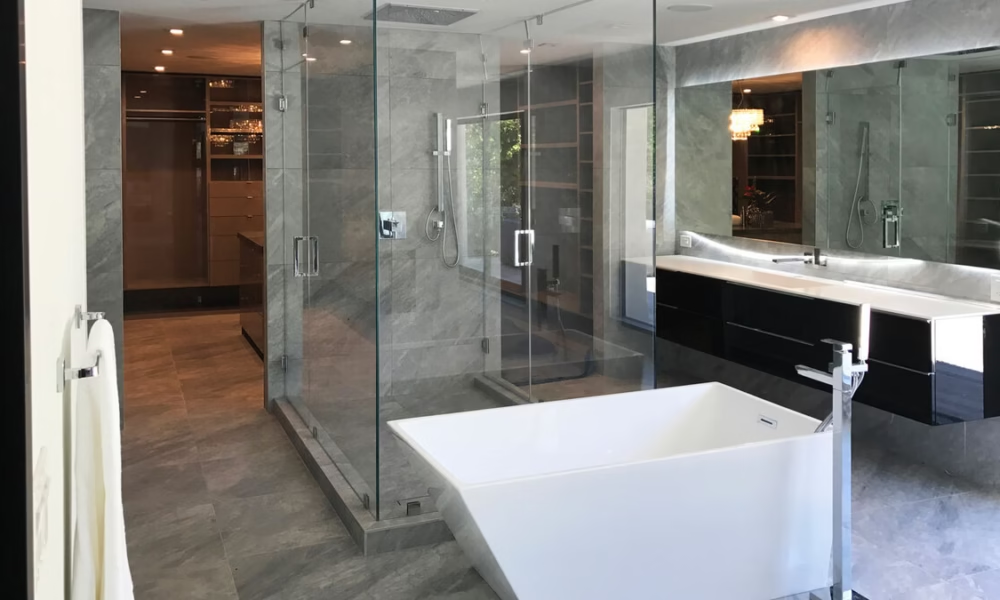
What Factors Affect the Cost of a Bathroom Remodel?
The final cost of remodeling a bathroom doesn’t depend solely on visible materials. Several technical and logistical factors can increase (or in some cases reduce) the overall budget, depending on the decisions made early in the project.
Bathroom Size
The size of the bathroom is one of the most significant cost factors. A larger space typically requires:
- More materials (flooring, tile, glass, paint)
- More installation hours
- Greater finishing complexity
For this reason, primary or master bathrooms usually have significantly higher budgets than half baths or guest bathrooms.
Labor Costs (Plumbing and Electrical)
Labor represents a substantial portion of the total remodeling budget, especially when the project includes:
- Plumbing work (showers, drains, valves)
- Electrical upgrades or relocation
- Installation of specialized lighting
Relocating or modifying plumbing and electrical systems can quickly drive costs up, as these tasks require licensed professionals and, in many cases, additional permits.
This impact is even greater in older homes, where wiring and plumbing systems may be outdated, corroded, or no longer functioning properly.
Materials and Finishes
Material selection has a direct impact on the final price:
- Standard flooring and tile vs. premium materials
- Prefabricated vanities vs. custom-built options
- Basic fixtures vs. customized solutions
- Standard glass vs. frameless or thicker glass systems
Mid-range finishes often offer the best balance between durability, design, and cost, especially if the property is being prepared for sale. For rental properties, it may make sense to choose more cost-effective materials in less visible or lower-impact areas.
Layout Changes
Changing the bathroom layout is one of the most expensive aspects of a remodel. Adjustments such as:
- Relocating the toilet
- Moving the shower or bathtub
- Shifting walls or entrances
Require modifications to plumbing, electrical systems, and sometimes structural elements, increasing both project duration and overall cost.
Permits and Demolition
Depending on the city or state, certain remodeling tasks require permits—particularly when work involves:
- Electrical systems
- Plumbing systems
- Structural components
Additionally, demolishing the existing bathroom, such as removing tile, flooring, fixtures, or walls, adds extra costs that should be accounted for from the beginning of the project.
Hidden Issues (Water and Structural Problems)
One of the most common risks in a bathroom remodel is uncovering hidden problems once work begins, including:
- Moisture damage
- Water leaks
- Mold
- Structural issues
These repairs are not always visible during the planning stage but can significantly increase the final cost if a contingency budget is not included.
Bathroom Remodel Cost Breakdown (By Item)
Breaking down the cost of a bathroom remodel by individual elements helps clarify where the budget goes and where it makes sense to invest for maximum visual and functional impact without unnecessarily increasing the total cost.
Vanity and Storage Costs
The vanity is often one of the central elements in a bathroom, both in terms of functionality and design.
Approximate price ranges
- Prefabricated vanities: $100 – $1,500 USD
- Semi-custom vanities: $1,500 – $3,000 USD
- Custom-built vanities: $3,000 – $5,000+ USD
What influences the price
- Size and number of sinks
- Materials (MDF, solid wood, specialty finishes)
- Countertops (laminate, quartz, natural stone)
- Additional storage (drawers, towers, niches)
In many cases, a well-chosen vanity can modernize a bathroom without the need to modify existing plumbing.
Shower or Tub Replacement Costs
The shower or bathtub area often represents a significant portion of the overall remodeling budget.
Tub vs. walk-in shower
- Standard bathtubs: $400 – $2,000 USD (not including installation)
- Walk-in showers: $1,500 – $6,000+ USD, depending on size and finishes
Walk-in showers have become increasingly popular due to their accessibility, modern appearance, and ease of maintenance.
Glass enclosures as a strategic upgrade
Replacing shower curtains or basic panels with glass enclosures can completely transform the space without changing the plumbing layout.
- Standard framed solutions: lower upfront cost
- Frameless glass: greater visual clarity, a more open feel, and a contemporary design
Shower Doors & Sliding Shower Doors (Cost vs. Value)
Shower doors are one of the upgrades with the best cost-to-value ratio in a bathroom remodel.
Frameless shower doors
- Deliver a clean, modern look
- Allow more light into the space
- Work well in standard and mid-to-high-end remodels
Sliding shower doors for small bathrooms
- Ideal when space is limited
- Do not require swing clearance
- Improve functionality without altering the layout
High visual impact without moving plumbing
Investing in glass shower doors is a smart way to elevate bathroom design without taking on the added costs associated with structural or plumbing changes.
Manufacturers like PRL Glass & Aluminum can adapt to both remodeling and new construction projects, offering solutions that help either increase or control overall project costs, such as selecting different glass types or configurations.
Flooring and Wall Tile Costs
Flooring and wall coverings impact both the budget and the long-term durability of a bathroom.
Typical price ranges
- Budget materials (vinyl, basic ceramic): $0.50 – $5 USD per square foot
- Mid-range porcelain and ceramic tile: $5 – $15 USD per square foot
- Natural stone or premium materials: $15 – $90+ USD per square foot
Final costs depend not only on the material itself, but also on installation complexity and pattern design.
Mirrors, Lighting, and Finishing Touches
Finishing details often deliver a high visual impact at a relatively low cost compared to other remodeling elements.
Custom mirrors
- Improve proportions and functionality
- Can be tailored to specific vanities or custom designs
Backlit mirrors
- Combine lighting and mirror in a single element
- Provide a modern aesthetic and improved visual comfort
High impact / relatively low cost
Well-planned lighting, custom mirrors, and appropriate hardware can significantly elevate the overall bathroom design without representing an excessive portion of the budget.
PRL Glass & Aluminum also offers a wide range of mirror solutions suitable for different project types and budgets, with the option to integrate aluminum systems when needed.
Bathroom Remodel Costs: Budget, Mid-Range, and High-End
A clear way to understand how much it costs to remodel a bathroom is to group projects by budget level and scope. Each category addresses different needs and prioritizes specific design and functional elements.
Budget Bathroom Remodel
A budget bathroom remodel focuses on updating the essentials without making structural changes or relocating existing systems.
What it typically includes
- Painting and basic finishes
- Replacing fixtures and faucets
- Updated mirror and simple lighting
- Prefabricated vanity
- Budget-friendly flooring or tile
Estimated price range
- $3,000 – $7,000 USD
When it makes sense
- Bathrooms that are functional but visually outdated
- Properties being prepared for sale or rental
- Projects aimed at improving appearance without a major investment
At this level, the focus is on visible, low-cost updates while avoiding any changes to the layout or core systems.
Mid-Range Bathroom Remodel
Mid-range bathroom remodels are the most common in the United States and offer the best balance between cost, durability, and design. This is where meaningful transformations happen without reaching luxury-level budgets.
What it typically includes
- Shower or bathtub replacement
- New vanity (premium prefabricated or semi-custom)
- Mid-range flooring and tile
- Upgraded lighting
- Custom mirrors
- Glass solutions for the shower
Estimated price range
- $7,000 – $20,000 USD
Why this level offers high value
- Allows for a complete bathroom update
- Improves both functionality and aesthetics
- Increases property value
In this range, glass solutions play a key role. Features such as frameless shower doors or well-designed sliding systems elevate the overall look of the bathroom without requiring plumbing changes.
Specialized manufacturers like PRL Glass & Aluminum offer options that adapt to different budgets within this category, allowing costs to be adjusted based on glass type, hardware, and system configuration.
High-End or Luxury Bathroom Remodel
High-end bathroom remodels aim to create a spa-like experience, prioritizing design, comfort, and full customization.
What defines this type of project
- All-glass solutions
- Large or dual shower configurations
- Premium sliding doors
- Custom-built vanities
- Architectural lighting
- High-end materials
Estimated price range
- $20,000 – $50,000+ USD
All-glass solutions
Extensive use of glass, in showers, partitions, and entrances, creates more open, bright, and contemporary spaces.
Premium sliding doors
High-quality sliding systems solve wide openings or complex layouts with an elegant and functional approach.
Custom details
From backlit mirrors to specialized hardware and finishes, every element is designed to integrate seamlessly into the overall bathroom concept.
How Much Does It Really Cost to Remodel a Bathroom?
The cost of remodeling a bathroom can vary significantly depending on the type of space, the scope of the project, and the design decisions made from the very beginning. A cosmetic refresh is very different from a standard remodel or a high-end renovation, and understanding these differences is essential to avoid unnecessary cost overruns.
In most cases, a well-planned bathroom remodel isn’t about spending more, it’s about investing smarter. Elements such as glass, lighting, mirrors, and visual layout can completely transform a bathroom without requiring structural changes or complex plumbing modifications.
Whether you’re updating a guest bathroom, renovating a primary bathroom, or preparing a property for sale or rental, setting clear priorities and selecting materials based on how the space is actually used will make the difference between a successful project and one that goes over budget.
If you’re planning a bathroom remodel and want to improve design, functionality, and overall value without starting from scratch, consider solutions that deliver high visual impact with a controlled investment.
Shower doors, sliding systems, glass enclosures, and custom mirrors are strategic upgrades that adapt well to different budgets and project styles. Working with specialized manufacturers such as PRL Glass & Aluminum allows you to explore flexible options in glass, hardware, and configurations, whether for a remodel or a new construction project.
Before making final decisions, compare alternatives, evaluate how the bathroom will be used on a daily basis, and choose durable solutions that retain their value over time.



